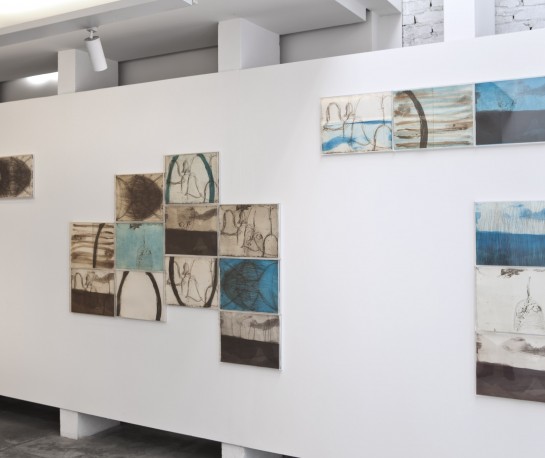When Etchings Search for Meanings
His upside-down gaze now contemplates the straying clouds and the hills clouded with woods. His ego is also turned upside down in the elements: the celestial fire, the racing air, the water-cradle and the earth-support. Can this be nature? But nothing of what he sees exists in nature: the sun does not set, the sea does not have this color, the shapes are not those that the light casts on his retina. With unnatural movements of his limbs, he is floating among phantoms; human forms in unnatural positions, shifting their weight to exploit not the wind but the geometrical abstraction of an angle made by wind and the tilting of an artificial device, and thus they glide over the smooth skin of the sea. Does nature not exist?
—Italo Calvino
(Calvino, Italo. 1985. Mr Palomar. Vintage Classics. Translated by William Weaver. London: Random House, pp. 13-14.)
As with Mr Palomar, the protagonist of Italo Calvino’s last book, the work of some contemporary artists functions as an inverted telescope, turning not to the breadth of space but to the smallness of everyday life, giving it that breadth and seeing in every minutia, every detail, every object the working logic of all nature, of all life.
Cris Rocha’s visual alphabet is predominantly shaped by a desire for freedom; an almost bodily desire to grope and expand the limits imposed by paper on the weight of the hand, the cuts, the incisions.
This artist’s work materializes precisely on the history of the stroke, the passages of color, the negotiations with the paper, which sometimes resists the onslaught of experiences, sometimes wears away and is overridden. Her works are possibilities of existence, clashes between life and death, even though their shapes may have recognizable contours, outlining simple bells or funnels.
Plunging into the bowels of etching, Cris embroiders metal plates with signs of desire for memory, enchantment with history, and a subtle and invigorating touch of subversion.
Katia Canton – 2012







